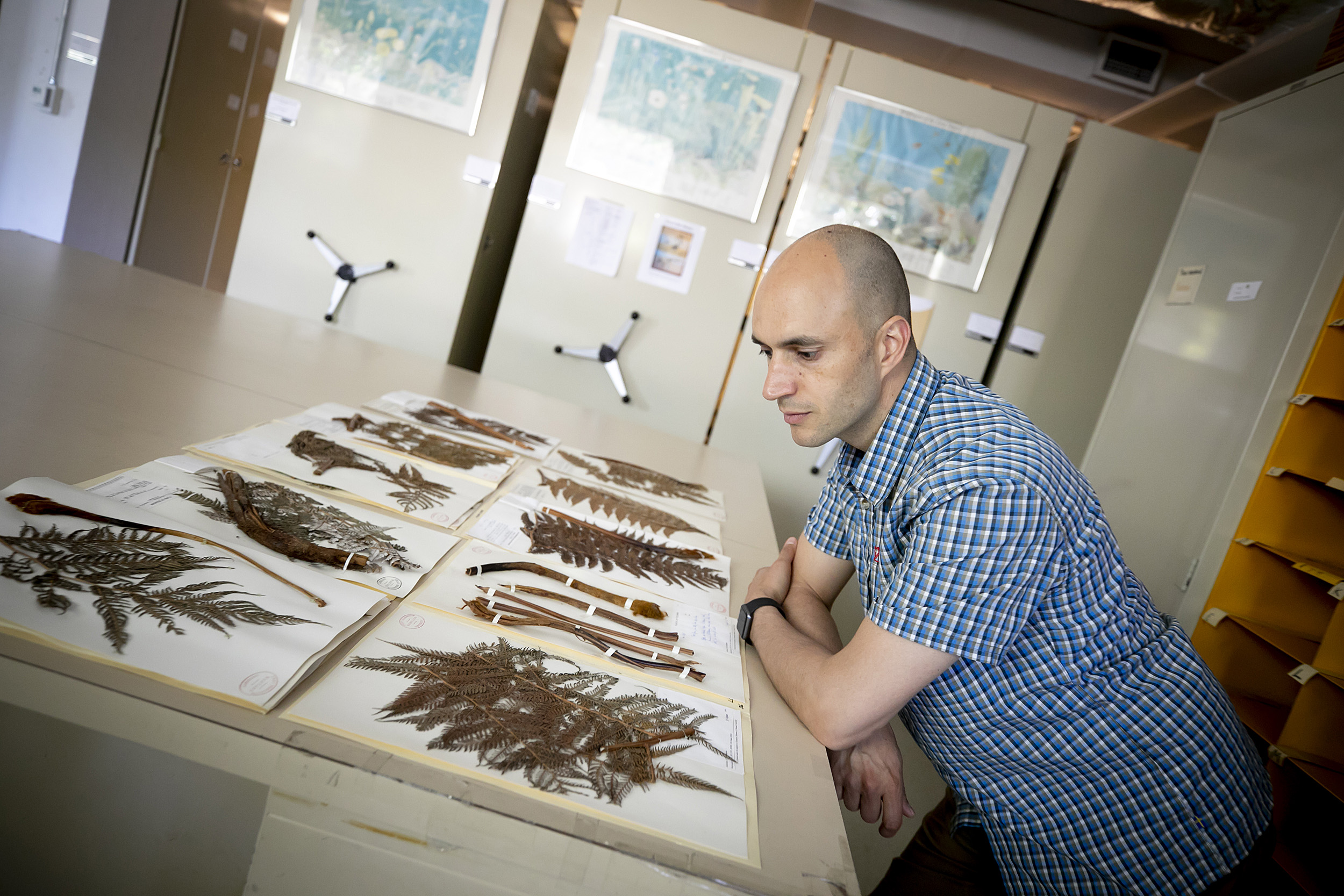
“Most evolutionary research focuses on how new species form. But we want to understand how whole ecosystems evolve,” said Alexandre Antonelli.
Rose Lincoln/Harvard Staff Photographer
The Amazon as engine of diverse life
Study says rainforests gave birth to world’s most varied tropical region
A recent study says that many of the plants and animals that call Latin America home may have had their roots in the Amazon region.
The study, co-authored by Harvard Visiting Scholar Alexandre Antonelli and an international team of researchers, says that a dynamic process of colonization and speciation led to the formation of the American tropics, which is the most species-rich region on the planet. The study is described in a paper published in the Proceedings of the National Academy of Sciences.
“We were astonished to detect so much movement across such different environments and over such large distances,” said Antonelli, the study’s lead author. “Up until now, these natural dispersal events were assumed to be quite rare. Our results show how crucial these events have been in the formation of tropical America’s unique and outstandingly rich biodiversity.”
Over tens of millions of years, thousands of species have naturally made their way to new regions, where some of them survived and adapted to new conditions. These adaptations added up, and when the offspring were sufficiently different from earlier generations, new species were formed. Over time, this dynamic process occurred so many times in the American tropics that the area became the exceptionally diverse region seen today.
To understand that process, Antonelli and colleagues used information on the evolutionary relationships, distribution, and timing of the origin of thousands of tropical species to calculate how often species dispersed into new regions or new environments. Much of this information came from natural-history collections, including specimens at Harvard University Herbaria and the Museum of Comparative Zoology, where Antonelli is currently working.
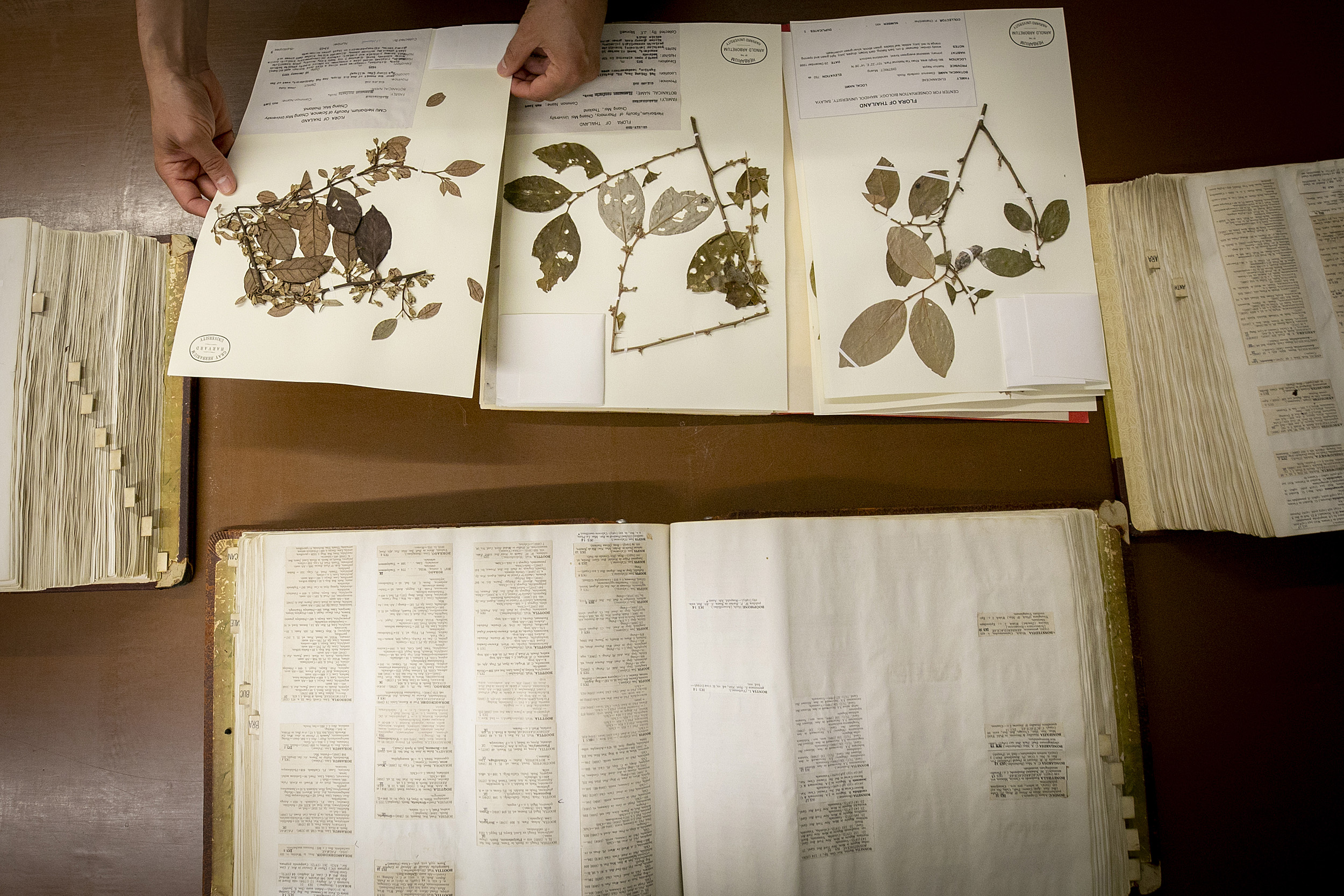
Alexandre Antonelli references the International Plant Names Index to identify specimens.
Rose Lincoln/Harvard Staff Photographer
What they found, he said, is that while all regions in the American tropics have exchanged species with one another, Amazonia stood out as the main source.
“Two main factors seem to explain the key role of Amazonia in exporting so much diversity: its huge area, and the large amount of time that species have existed there. Together, these have increased the chances of species dispersing into new habitats and regions,” said Antonelli.
For all the groups that the researchers examined — from plants to birds to frogs to mammals, and even frogs, snakes, and lizards — Antonelli said that pattern remained essentially the same, suggesting that biotic movements are important for generating diversity among life forms.
“Most evolutionary research focuses on how new species form. But we want to understand how whole ecosystems evolve, and what makes some regions much more species-rich than others. This is important because it shows us how plants and animals deal with new environments and what factors determine biodiversity,” Antonelli concluded.
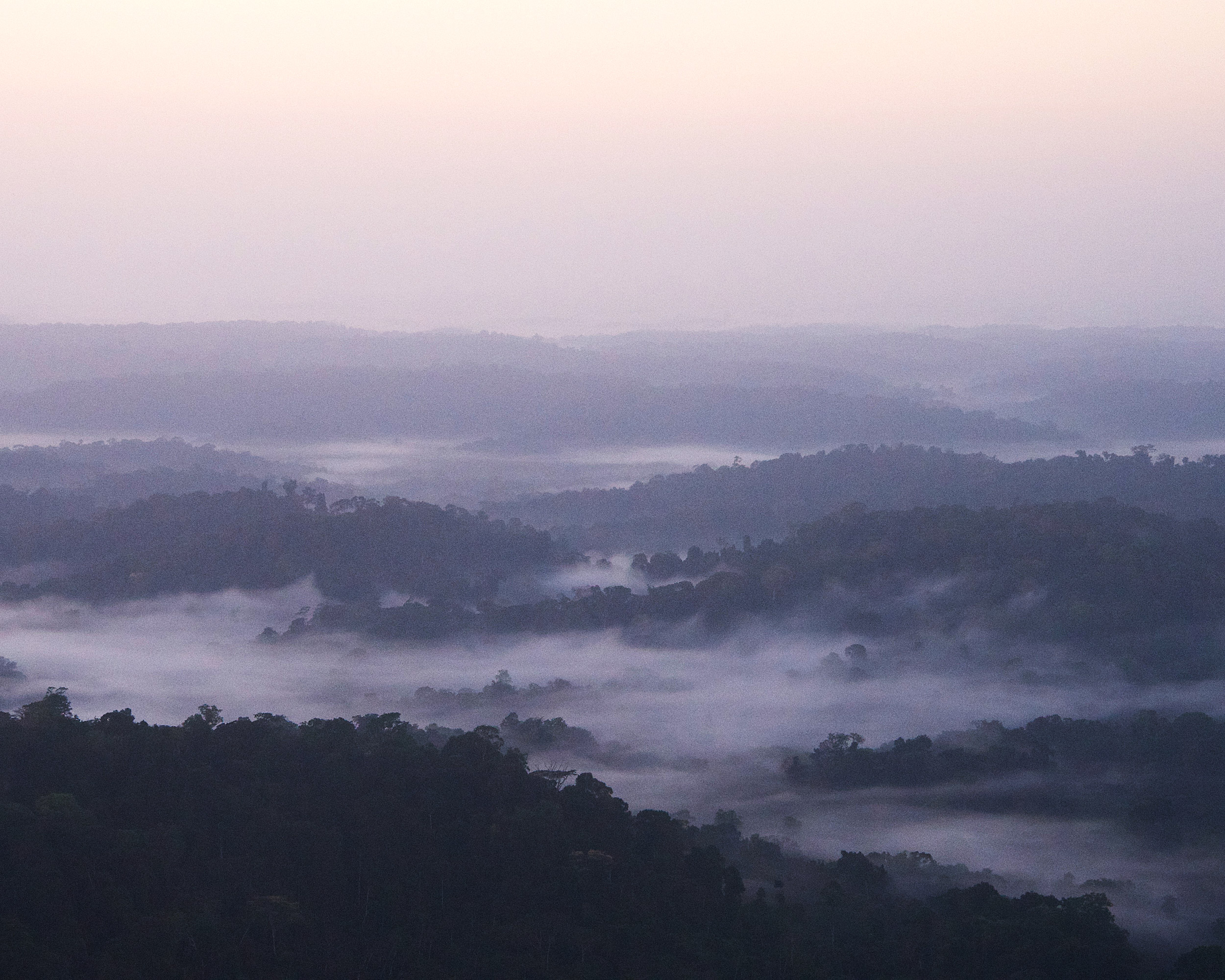
View from an Inselberg in French Guiana, overlooking the Amazon rainforest, October 2013.
Photo by Alexandre Antonelli
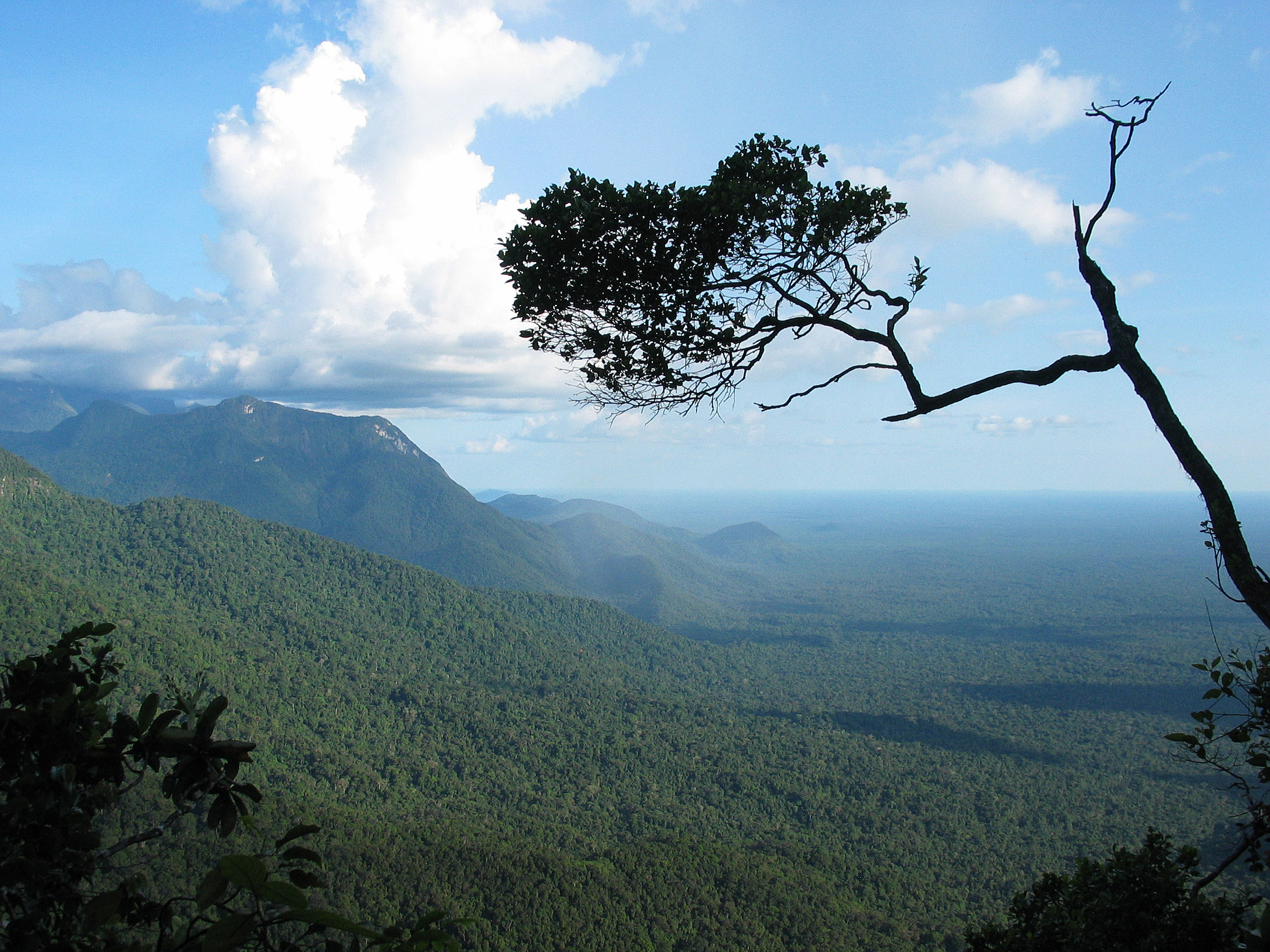
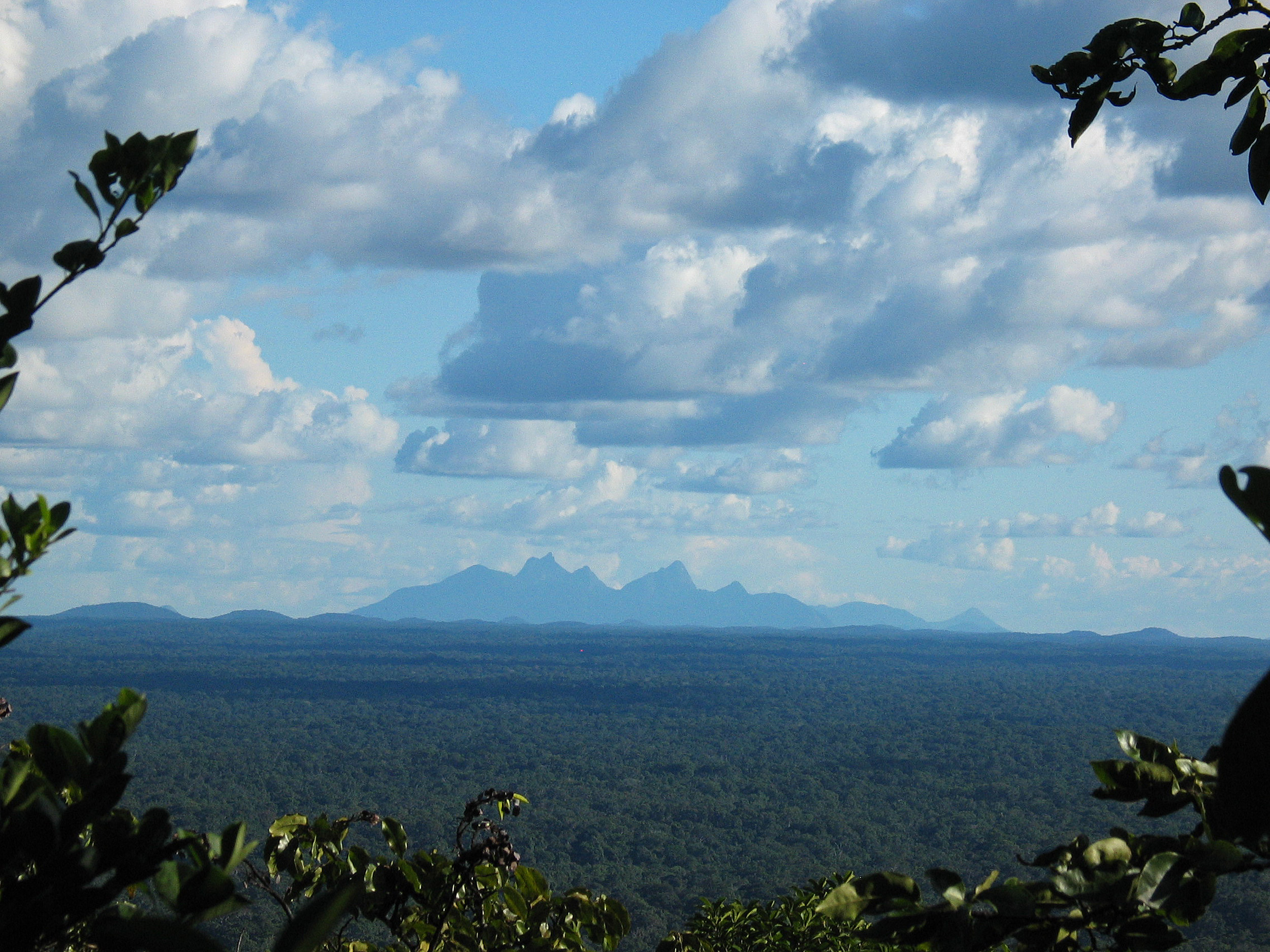
Image 1: View over Tepui and Amazonian rainforest of Morro dos Seis Lagos, Pico da Neblina National Park, Brazil, April 2004. Image 2: View over Tepui and Amazonian rainforest of Serra do Imeri, Pico da Neblina National Park, Brazil, Oct. 2005.
Photos by Rodrigo Loyola
This study highlights the far-reaching importance of tropical regions — including rainforests, savannas, and mountain ecosystems — in sustaining the world’s biodiversity. Most tropical ecosystems are threatened due to human activities, and many species are on the edge of extinction, further highlighting the need for immediate and widespread protection.
“This study brings together a truly massive amount of data and distills it down in a way that gives crucial insights into the history of biodiversity in the tropics,” said Kyle Dexter, senior lecturer in the School of GeoSciences at the University of Edinburgh and a research associate at the Royal Botanic Garden Edinburgh. “The previous paradigm in the tropics focused on local evolution when explaining high tropical diversity, but clearly there is a shift happening to acknowledge the importance of dispersal. And this study contributes decisively to this shift.”
Antonelli hopes to continue examining the dynamic processes that drive the distribution and evolution of species, especially in tropical regions. To this end, his group is combining data and techniques from several disciplines, ranging from fossils to genomes and from fieldwork to software development.
“Biodiversity is the dark matter of our planet. We know there must be millions of species that we haven’t found yet. Finding, understanding, and protecting this diversity is probably humanity’s toughest but most important challenge.”
This research was supported with funding from the Swedish Research Council, the European Research Council, the Swedish Foundation for Strategic Research, the Faculty of Sciences at the University of Gothenburg, the David Rockefeller Center for Latin American Studies at Harvard University, the Wenner-Gren Foundations, and a Wallenberg Academy Fellowship.





